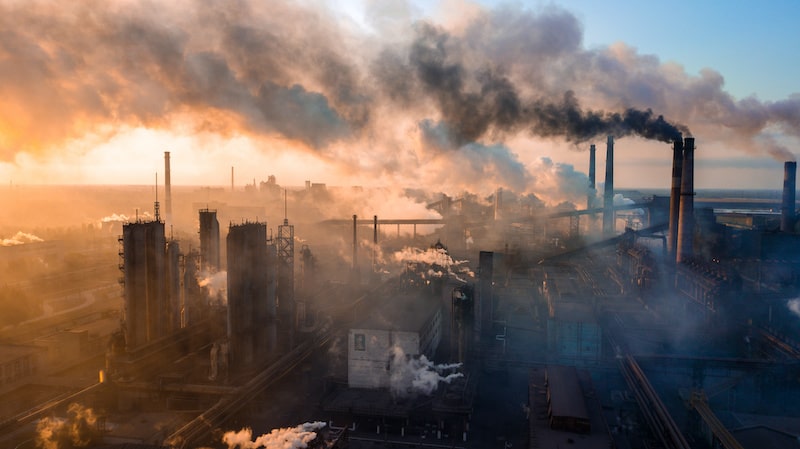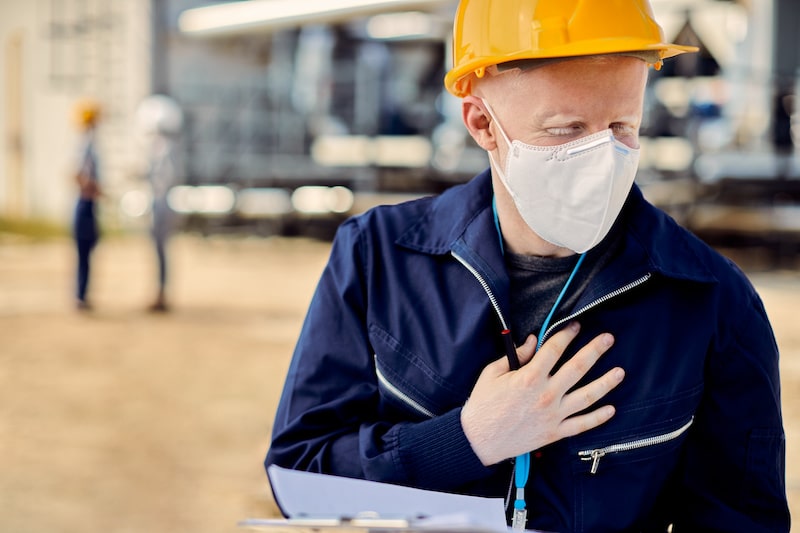How Innovative Mobile Welfare Units Can Improve On-Site Air Quality
Blog-June 17, 2022
Did you know that air pollution is currently considered the single biggest threat to public health in the UK?
Clean Air Day is all about bringing attention to this issue, and inspiring individuals, businesses and communities to take meaningful action. But what has air pollution got to do with construction businesses? And what can they do to help the cause?
In this article, we explain how construction businesses contribute to air pollution – and explore how upgrading to more fuel-efficient welfare units can radically reduce the emissions your site produces.

How harmful is air pollution?
We all understand that air quality matters. But in developed countries, we often assume that air pollution is primarily a concern for other, less developed countries.
Statistically speaking, this is true: 95% of deaths related to pollution occur in medium and low income countries¹. Yet analysis of the long-term impact of air quality shows that it is still a serious concern in countries like the UK.
Up to 36,000 UK deaths each year are attributed to long-term exposure, and evidence suggests poor air quality contributes to everything from heart disease to lung cancer². Economists estimate that in London alone, air pollution costs the healthcare system nearly £4 billion each year³.

How responsible is construction?
As the world’s largest industry, construction tends to be implicated in most environmental issues – and air pollution is no different.
Construction sites produce approximately 7.5% of damaging nitrogen oxide emissions; 8% of large particle emissions (PM10); and 14.5% of emissions of the most dangerous fine particles (PM2.5)⁴.
In total, researchers estimate that construction is responsible for 23% of all air pollution. This has wide ranging implications:

1. Workers’ health
Research suggests that each year, more than 230 construction workers die from cancer caused by exposure to diesel fumes⁵.

2. Local air quality
When emissions are not properly mitigated against, the areas surrounding a construction site tend to have far lower air quality – often impacting the health of residents⁶.

3. Environmental harm
Construction projects tend to have particularly high carbon emissions. This means construction is currently stated to contribute 40% of the UK’s total climate change impact⁷.
How construction can clean up its act
What Is striking about the figures stated above is where these emissions come from. Just 1% is accounted for by dust from demolition sites⁸; instead, the vast majority of these emissions are the product of the various equipment, vehicles and generators a construction site requires.
Increasingly, construction sites are learning to mitigate their environmental impact – not just reducing their air pollution, but reducing emissions in general to tackle climate targets. And a key way they are doing this is using more innovative energy sources for onsite equipment like mobile welfare units.
Eco-friendly welfare units such as the ECOXLi run on hybrid power systems that dramatically reduce their need for fuel – and therefore the emissions they produce. Using a next generation Lithium battery and full solar technology, they minimise the need for generator power whilst enabling long-life silent running.
The result? A cleaner, more hospitable site that helps tackle air pollution and forge a path for more sustainable approaches to construction.
2.https://www.gov.uk/government/news/public-health-england-publishes-air-pollution-evidence-review#:~:text=Air%20pollution%20is%20the%20biggest,attributed%20to%20long%2Dterm%20exposure.
3. https://www.londoncouncils.gov.uk/node/33227
4.https://www.theguardian.com/sustainable-business/2017/apr/20/air-pollution-construction-industry-cities-diesel-emissions-london#:~:text=According%20to%20the%20most%20detailed,5).
5.http://www.hse.gov.uk/research/rrpdf/rr800.pdf
6.https://urbanhealth.org.uk/insights/opinion/why-its-vital-for-the-construction-sector-to-be-engaged-in-improving-air-quality 7.https://www.pbctoday.co.uk/news/energy-news/reduce-construction-industrys-carbon-footprint/108643/ 8.https://www.conserve-energy-future.com/how-reduce-air-pollution-construction-site.php